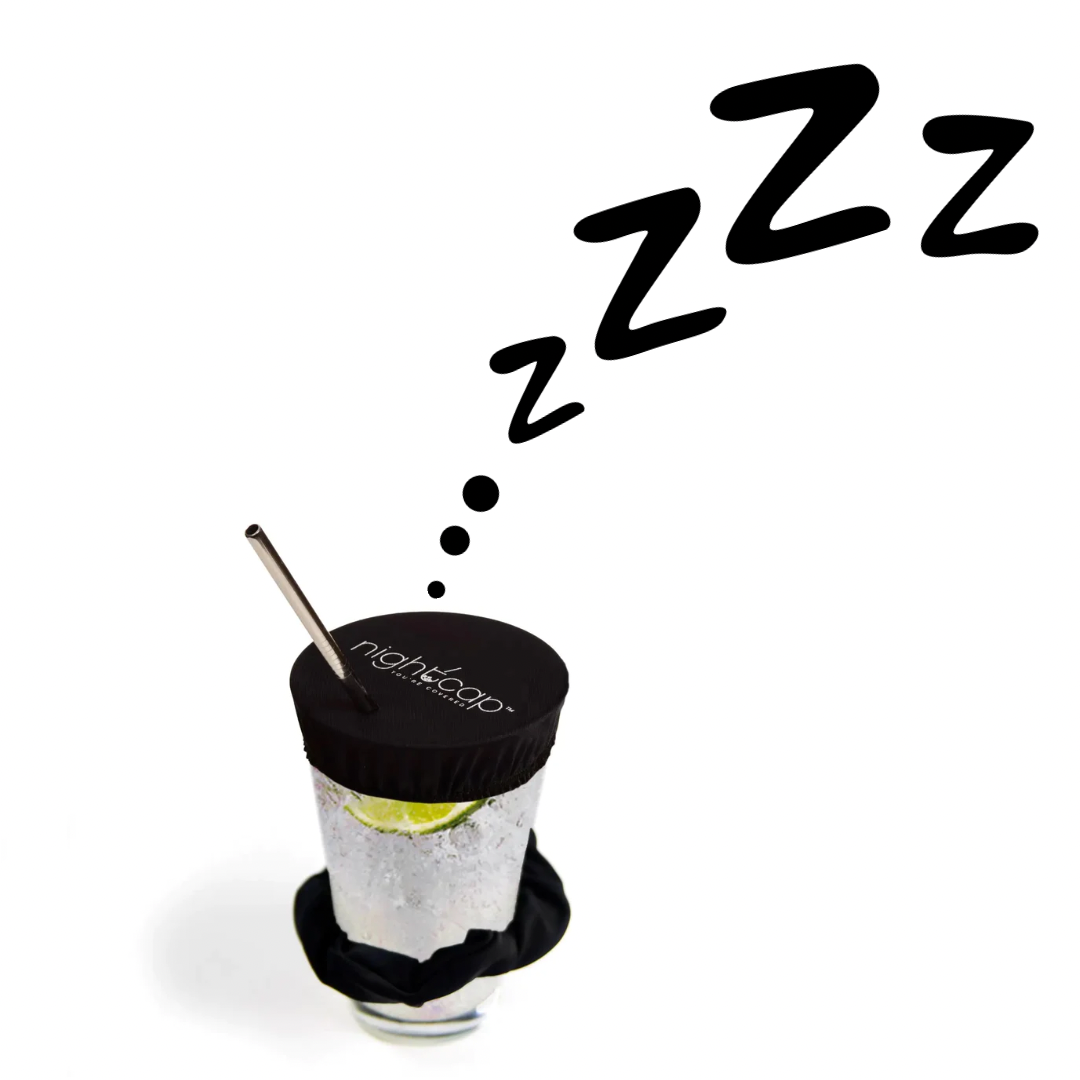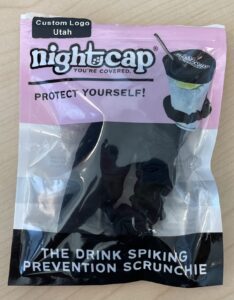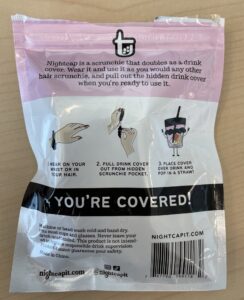
By Allie Moore and Whitney Hills
Recently well-intended student groups at the University of Utah carried out an initiative to supply the campus community with Nightcaps. Nightcaps are scrunchies that have drink covers tucked inside them. The drink covers are intended to be used to prevent drugs from being put into unsuspecting humans’ drinks at parties. They fit perfectly over a Solo cup, which on a college campus, are students’ go-to for drinking games like beer pong, flip cup, and rage cage.


Although I can and will critique the nightcap, it is important to acknowledge that this isn’t all bad. The good news is that people are talking about and investing in harm reduction techniques on college campuses. This initiative is really cool in that people are really excited about receiving these harm reduction tools that have gone viral on TikTok and SharkTank. Discussions about safety make students feel seen, heard, and even cared about. These discussions also start a conversation about how we can move towards prevention strategies.
However, these tools are not prevention tools and certainly not primary prevention tools. They focus on protecting potential victims from experiencing violence, but they do not address the violence at its root: those who have the potential to or do cause harm. Night caps contribute to a culture that supports rape myths. Drink covers might deter someone from dropping something in a drink, yet there is still the problem of using alcohol as a coercive tactic to take advantage of someone. Drink covers aren’t going to stop the making of jungle juice with 99 proof Everclear or double shot jello shots from being consumed or the intense pressure to heavily drink at college parties. Alcohol is the most commonly used tool to take advantage of people sexually!
Nightcaps are similar to every other tool we give to people we think are potential victims of violence to protect themselves. There isn’t a big difference between these scrunchies and pepper spray, rape whistles, or tampons with razor blades to cut up an unwanted penis entering a vagina (yes those exist). We invent all of these unnecessary tools teaching people they are responsible for the harm that is caused to them because they didn’t use their free scrunchie drink cover. We shouldn’t be teaching potential victims how to not get harmed, we should be teaching potential perpetrators to not harm other people.
As a survivor of rape, it is beyond triggering to be told that if I were to use one of these “prevention” tools that I could have stopped the person who raped me. These initiatives and ones similar to it put the responsibility on me. They say that it is my fault because I didn’t seek out these things to protect myself beforehand. The reality is that if I had pepper spray, or a whistle, or self defense training, or a NightCap it wouldn’t have stopped him.
These tools to “protect us” are so woven into our socialization and how we view violence. By continuing with these norms, this initiative is furthering a culture that supports rape myths.It supports the idea that women are always the victims of violence. Look at the packaging! Yes, people besides women can wear scrunchies on their wrists or might have long hair AND the marketing is entirely geared towards women on campus. It also supports the myth of stranger danger. That is that some person you don’t know is sneaking around parties dropping hardcore GHB’s (liquid ecstasy) in people’s drinks when, the reality is, people are most likely to get assaulted by someone that they know and are engaging in some consensual activity with. It creates a false sense of safety and doesn’t get to the root of the problem. $11,259 of student fees were spent on 2,500 drink covers; These funds could be directed towards students who have experienced sexual violence or towards changing the campus culture to teach people not to cause harm.
It is much easier to talk about sexual violence as something that happens to someone by a bad person. The reality is, sexual violence is more likely to be committed by a friend or person within our own community. To stop sexual violence, we need to recognize that we are all capable of causing harm and we are only going to stop harm from happening by holding ourselves and our communities accountable.
